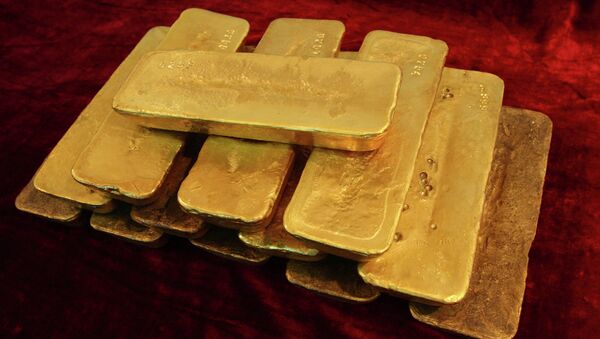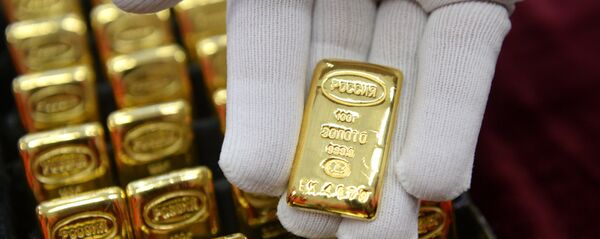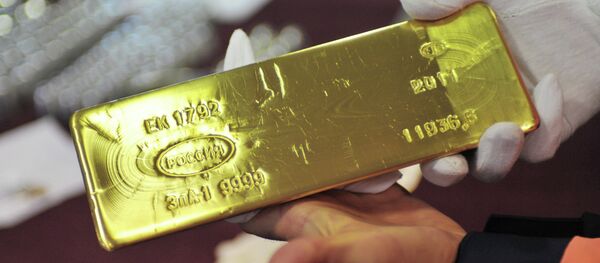"The decision is noteworthy because the price of gold has risen significantly in the last few days and is expected to rise even further in the long run," DWN wrote.
"On the one hand the increase in market prices is a reaction to the financial turmoil of recent days, on the other hand it reflects a fundamental mistrust of the stability of financial markets. Moreover, investors have evaluated the striking hesitation of the US Federal Reserve to further raise interest rates, which shows that the US economy is far less stable than communicated up to now," DWN explained.
According to data from Marketwatch, on Friday gold futures for April settled at $1,239.40, a rise in value of 7.1 percent for the week. The gain is the biggest since the week ending December 12 2008, when the price jumped 9.1 percent in a week.
On January 4 gold was trading at $1,085.80; its sharp rise this year is its biggest since 1980, a result of reduced confidence in the global economy and revised inflation predictions.
According to a report published by the World Gold Council (WGC) on Thursday growth in demand for gold in the fourth quarter of 2015 increased by four percent, driven by central banks and investors seeking a safe haven.
In contrast to many central banks which are bolstering their gold reserves, including Russia's, the Bank of Canada has recently decided to sell almost half of the three tons of gold it was holding late last year.
"The decision to sell the gold was not tied to a specific gold price, and sales are being conducted over a long period and in a controlled manner," a spokesman for Canada's Department of Finance told Global News.
According to WGC data published last week, the US has by far the most gold reserves. It officially holds 8,133.5 tons, followed by Germany with 3,381 tons. China is in sixth place with 1,762.3 tons, and Russia is seventh and holds 1,392.9 tons of gold in its reserves.




